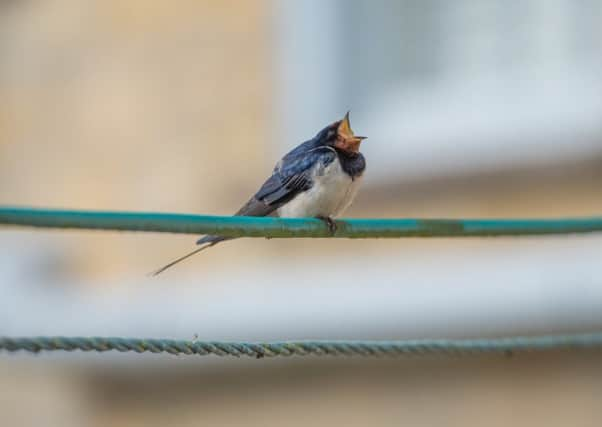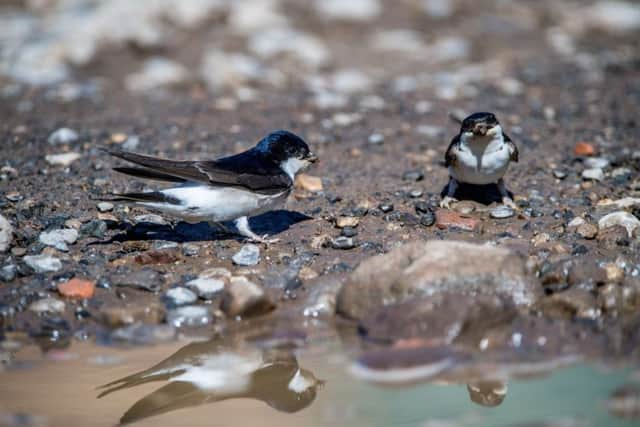Roger Ratcliffe: Late arrival of smaller birds has had people perplexed


Meanwhile, an email correspondent in the village of Spennithorne, Wensleydale, told me that a small number of swallows had been seen one day but there were no more sightings for a fortnight. Last week he added: “We usually get house martins in the adjoining village of Harmby, but none spotted yet.”
The house martin’s non-appearance in places, it seems, is part of a wider picture that is intriguing ornithologists.
Advertisement
Hide AdAdvertisement
Hide AdEvery April hundreds of thousands of these small black-and-white birds with forked tails make the epic journey from sub-Saharan Africa. But according to the RSPB’s Harry Bellew, the lack of recent sightings has resulted in increased calls from worried members of the public asking where all the house martins are.


This week I heard one report that the annual figure of 150-plus birds usually present in the area of the Parkway Hotel on Otley Road, Leeds, is down to about 30.
However, Dave Dimmick, one of the RSPB and Yorkshire Dales National Park’s Peregrine Watch volunteer at Malham Cove tells me house martin numbers there now seem to be normal, although their arrival was two weeks later than usual. Malham Cove is one of the best places to see nesting house martins in the Dales.
Larger summer migrants such as cuckoos and ring ouzels appear to have arrived on cue, but why have smaller birds been slow to arrive?
Advertisement
Hide AdAdvertisement
Hide AdThe answer is thought to be storms in France delaying their journey north, and unseasonal northerly winds against which warblers, swallows, swifts and martins had to do battle.
Weather conditions were blamed for the slow arrival of swifts in the UK according to Linda Jenkinson, a member of the Leeds Swifts group and organiser of the Leeds Birdfair. But on the Trektellen migration watch website, which carries sightings from thousands of observers, there were at least encouraging reports of large swift gatherings in northern France to quell fears that they wouldn’t show up in Yorkshire.
“Fingers crossed things get back to normal,” she told me, but added that wood warblers had not arrived in Strid Woods at Bolton Abbey, one of their best-known haunts.
To add to this jittery migration season Mark Avery, former RSPB conservation director turned wildlife campaigner, said he was “very upset” to find nightingales had failed to appear in his local woods.
Advertisement
Hide AdAdvertisement
Hide Ad“I haven’t yet seen a house martin in my street,” he added, “and swift numbers are definitely down at the moment. These things are as important to me as Brexit, interest rates and the cost of living. In some ways, more important, because they are fundamental aspects of how the world is working, or not working.”
As a ‘Stop Press’, on Monday my email correspondent in Wensleydale reported finally seeing swifts there.